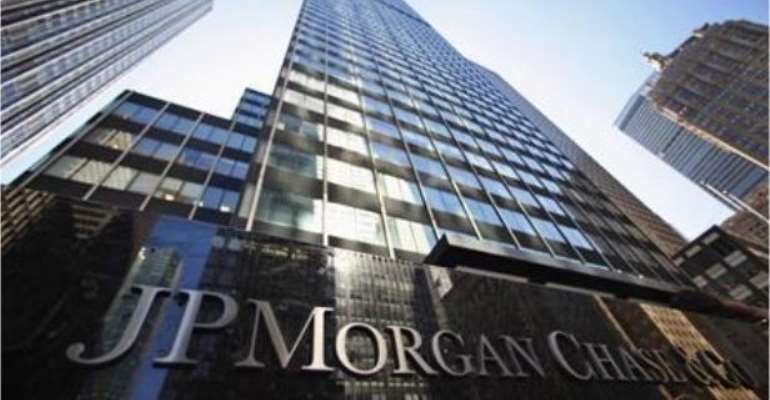Jpmorgan Caps Year With Better-than-expected Results

JPMorgan Chase & Co, the biggest U.S. bank by assets, reported a better-than-expected quarterly profit for the final quarter of the year as a tight lid on expenses and a smaller legal bill made up for sluggish revenue growth.
Shares of JPMorgan – the first big U.S. lender to report since the Federal Reserve raised its key interest rate for the first time in nearly a decade in mid-December – were up 1.9 percent in premarket trading on Thursday. Other banks also rose.
U.S. banks, like their global counterparts, have had a tough year as falling oil prices and worries about slowing growth in China contributed to weakness in credit markets, discouraging investors from making big bets.
Legal charges and the costs of meeting stricter capital requirements have also weighed on the lenders. And U.S. interest rates remain near historic lows even after the Fed rate hike.
That has meant that cost cutting – the one thing banks can best control – has become a main driver of profits.
JPMorgan’s total non-interest expenses fell 7.4 percent to $14.26 billion in the quarter, while legal expenses fell to $644 million from $1.1 billion.
Cost-saving efforts at JPMorgan go as far as plans to eliminate support for BlackBerrys and requiring that some employees pay for their own devices, BlackBerry or not, the Wall Street Journal reported in October, citing sources. The Journal said that alone could save tens of millions of dollars in 2016.
“We are very happy with our expense story for the year,” Chief Financial Officer Marianne Lake said on a call.
Total compensation expenses fell 2.4 percent to $6.69 billion as the bank’s employee count fell to 234,598, from 241,359 at the end of 2014.
STRESS IN ENERGY
JPMorgan’s net income rose to $5.43 billion in the three months ended Dec. 31 from $4.93 billion a year earlier. On a per-share basis, the New York-based lender earned $1.32.
Analysts had expected earnings of $1.25 per share.
Total net revenue on managed basis rose about 1 percent to $23.75 billion, topping the average estimate of $22.89 billion.
Revenue from fixed-income trading, usually JPMorgan’s most volatile business, fell 3 percent to $2.57 billion.
Adjusted for the sale of a physical commodities business and other changes, revenue from fixed-income trading would have fallen 1 percent.
“The businesses generated strong loan growth and credit quality, except for some stress in energy,” Chief Executive Jamie Dimon said in a statement.
Income from investment banking rose 80 percent to $1.75 billion, but revenue fell 4 percent. Income from consumer and community banking, the largest contributor to net income, rose 10 percent to $2.41 billion.
The bank’s balance sheet shrank 2.7 percent on a sequential basis to $2.35 trillion as of the end of December.
Like other big banks, JPMorgan has been shedding assets to appease regulators, who fear its size could pose a risk to the financial system in the event of a failure.
Provision for bad loans rose 49 percent to $1.25 billion. The bank said it expected to see incremental increases in provisions for energy-related loans in next couple of quarters.
JPMorgan’s shares were trading at $58.42 before the bell.
The stock was the only one among the six big U.S. banks to finish 2015 in positive territory, rising 5.5 percent. But up to Wednesday’s close, the shares had fallen 13.2 percent this year, the second worst performer in the Dow Jones industrial average.
Citigroup Inc and Wells Fargo & Co, the third and fourth biggest U.S. banks, report on Friday.
REUTERS
